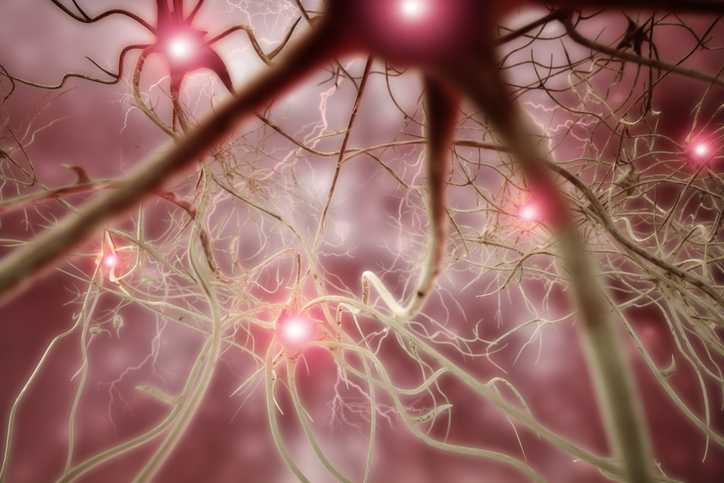Living easier with peripheral neuropathy
/Every day, upwards of 20 million Americans suffer from a condition called peripheral neuropathy. The best way to describe the sensation these individuals experience is a feeling of burning, pain, tingling, numbness or a “pins and needles” perception in an arm or leg. These sensations never go away and are felt on a daily basis.
Trying to live a normal life with peripheral neuropathy is not easy. Just being able to walk a small distance can turn into a painful episode. Knowing at least the basics of this condition can help to understand what a person is experiencing and even though it is not curable, at least it can be made easier to live with.
What peripheral neuropathy?
Peripheral neuropathy is not a single disease. It is a general term for a series of disorders that result from damage to the body’s peripheral nervous system. Because of the damage, the nerves connecting the brain and spinal cord to the legs, feet, arms or hands – the extremities - are affected the most. As a result, nerves transmit signals poorly or activate spontaneously. Depending on which nerves are damages and how badly, you may experience pain or numbness, a burning or tingling sensation, increased sensitivity to touch, muscle weakness, or other symptoms in the extremities connected to the affected nerves.
Who is at risk?
Diabetes is the most common risk factor for peripheral neuropathy. This is especially so for those who have had the disease for more than 25 years or have poorly controlled blood sugar. Even people with prediabetes can be at an elevated risk.
Other people who are at an increased risk include smokers, drug abusers, individuals undergoing chemotherapy, and anyone with an autoimmune disease such as lupus or rheumatoid arthritis. Also anyone with liver or kidney disease, or a vitamin B1 (thiamine), vitamin B12, or iron deficiency is at risk. Carpal tunnel syndrome is another risk factor for peripheral neuropathy due to the mechanical damage that can occur. In about 30 percent of cases, there is no known cause identified.
Diagnosing peripheral neuropathy
To confirm a diagnosis of this condition, there are quick neurological tests of one’s ability to detect pain, light touch, and vibration on the skin, as well as evaluating reflexes and muscle strength. If test results indicate peripheral neuropathy, then additional tests may be done to determine what type it is. There are over 100 different types of peripheral neuropathy with varying causes, symptoms, and types of nerve damage.
Treating peripheral neuropathy to make life easier
Depending on the cause and severity of this condition will determine the treatment for it. If it is due to a nutritional deficiency, then correcting the deficiency can reduce the symptoms. But if it’s due to a condition such as diabetes or other underlying disease, treating or at least controlling peripheral neuropathy, may only prevent it from getting worse and not necessarily make it go away. In these situations, the goal is to treat the symptoms such as pain and tingling which may be helped with over-the-counter anti-inflammatory pain relievers in mild cases. There are various prescription medications that can also be used which include several antidepressants and anti-seizure drugs.
There have been several small clinical trials that have found transcutaneous electrical nerve stimulation (TENS) to be effective in reducing symptoms of diabetic peripheral neuropathy at least for the short term. TENS delivers gentle pulsed electricity through electrodes attached to the skin on or near the painful area.
Physical therapy can also often improve functioning in people with peripheral neuropathy. Routine exercise may help improve nerve function, reduce pain and numbness, and improve mobility.
It is important for anyone with peripheral neuropathy to examine their legs and feet daily for cuts, bruises, or blisters. Due to reduced sensation or feeling, a person may not notice injuries until they become infected.
Other possible treatments can include relaxation techniques such as deep, controlled breathing and progressive muscle relaxation to try to reduce pain. Acupuncture is another option for pain even though the evidence for it is limited.
Neurofeedback, a type of biofeedback, is being studied as a treatment for neuropathy induced from chemotherapy. It involves placing electrodes on the scalp to monitor pain-related brain waves, which are displayed on a video screen – the patients are taught how to alter their brain waves and thus to reduce pain.

